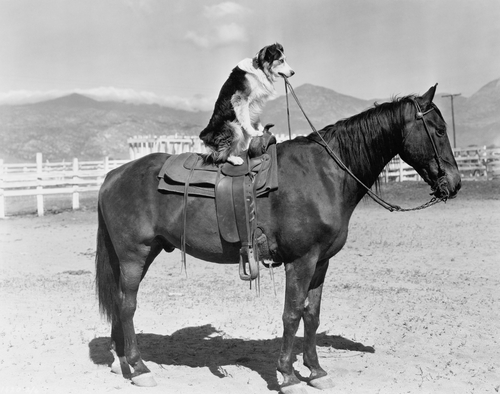 Today more than ever, customers – taxpayers – expect more from their municipal, county, state, and federal government service providers. They expect accurate information and quality services delivered by staff members who enjoy serving their customers.
Today more than ever, customers – taxpayers – expect more from their municipal, county, state, and federal government service providers. They expect accurate information and quality services delivered by staff members who enjoy serving their customers.
These long-time leaders and employees have been around for a decade (or two . . . or three). They’ve lived through “reengineering,” “total quality management,” “seven habits,” “good to great,” and all the rest.
They’ve learned through experience that most of these change initiatives don’t last. They know that initial enthusiasm wanes when the champions don’t see any traction on the new culture.
These old-timers don’t have to actively fight the initiative. That takes too much energy. All they have to do is nod their heads when the champion speaks – and keep on doing what they’ve always been doing.
The new culture might sound vibrant and exciting, but the old-timers are fully committed to the old ways. They’re motivated – motivated to keep things the same.
They’re not motivated to embrace the new practices and behaviors.
If the old-timers don’t change their behaviors, the culture change won’t likely take hold. The initiative will die.
Bring Your Hardened Veterans into the New Culture
Culture change isn’t easy. The champion is asking people to step away from time-honored practices. (It doesn’t matter if those practices don’t work well. They’re “the way we’ve always done it.”)
How can leaders inspire every member of their organization to embrace the new culture, to demonstrate desired values and behaviors and practices? These three approaches will help.
First, set the context. Tell them why you’re making this culture change. What is it about your customers and the opportunity that demands a shift in the way your team or company operates? Tell the story and define the path towards the high performance, values aligned culture you require.
Second, define the new rules. Tell them what the new rules are. Clarify the team’s purpose, it’s reason for being today – from the perspective of your customers. Formalize performance standards by defining what an “A+” job looks like daily. Formalize values standards by defining values in observable, tangible, measurable terms. That will help everyone understand how they are to interact with each other and with customers. Explain that the rules apply to everyone in the company, top to bottom.
Third, align players, plans, decisions, and actions. Show them how to live these new expectations. Be a consistent role model of the new behaviors in every interaction. Teach them how to live these new rules through your new valued behaviors. Hold people accountable. Promptly celebrate aligned effort & accomplishment. Promptly redirect mis-aligned activity. Keep at it, every day – celebrate, coach, refine, over and over again.
Your “old dogs” will have to choose: embrace the new direction – or separate themselves from your team, finding roles in other offices or companies. Either way, your team or department will evolve.
Care to comment? What is your experience with old-timers holding on to old ways? What did your best bosses do to inspire aligned action and behavior? Share your thoughts about this post/podcast in the comments section below.


